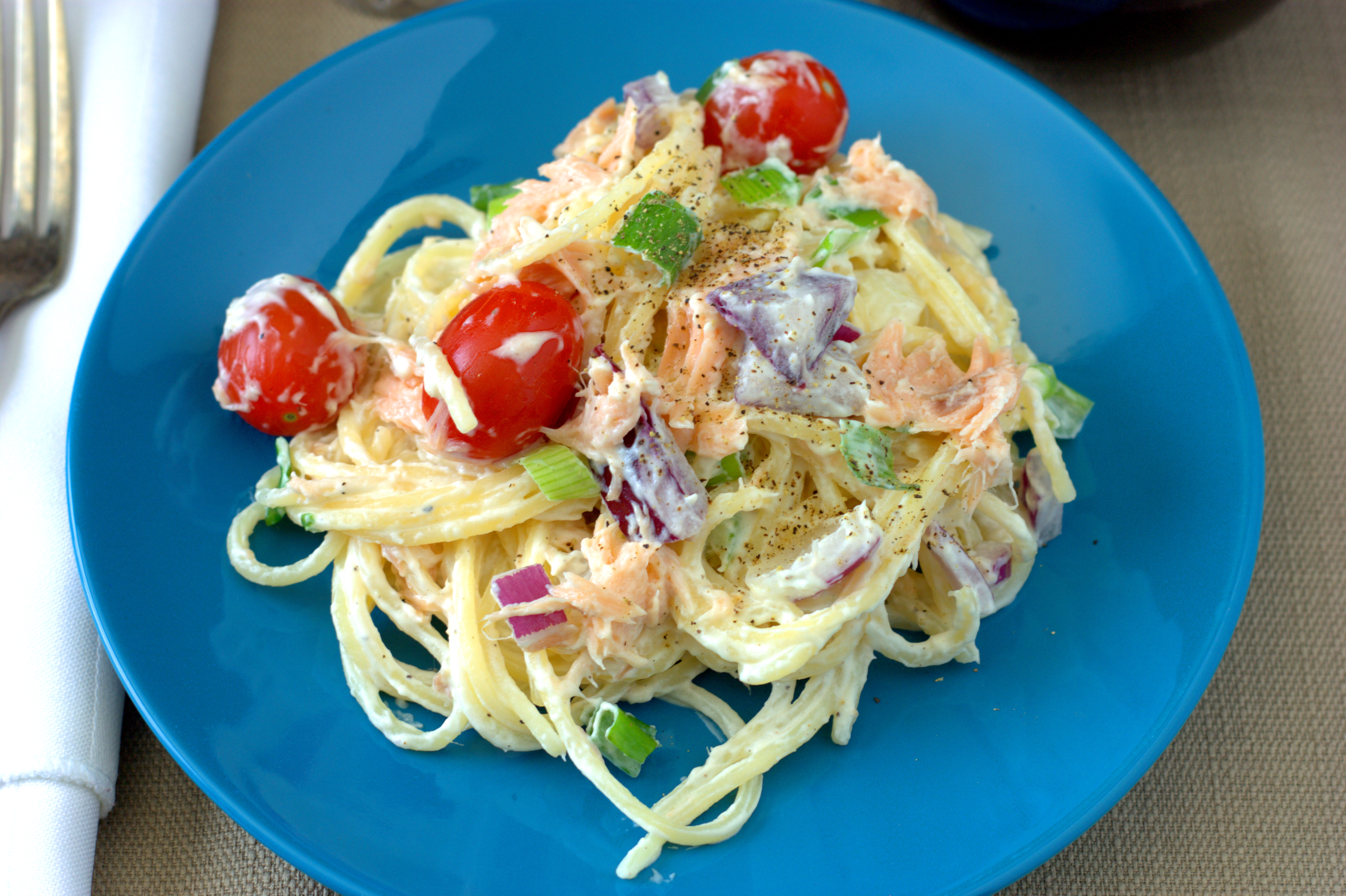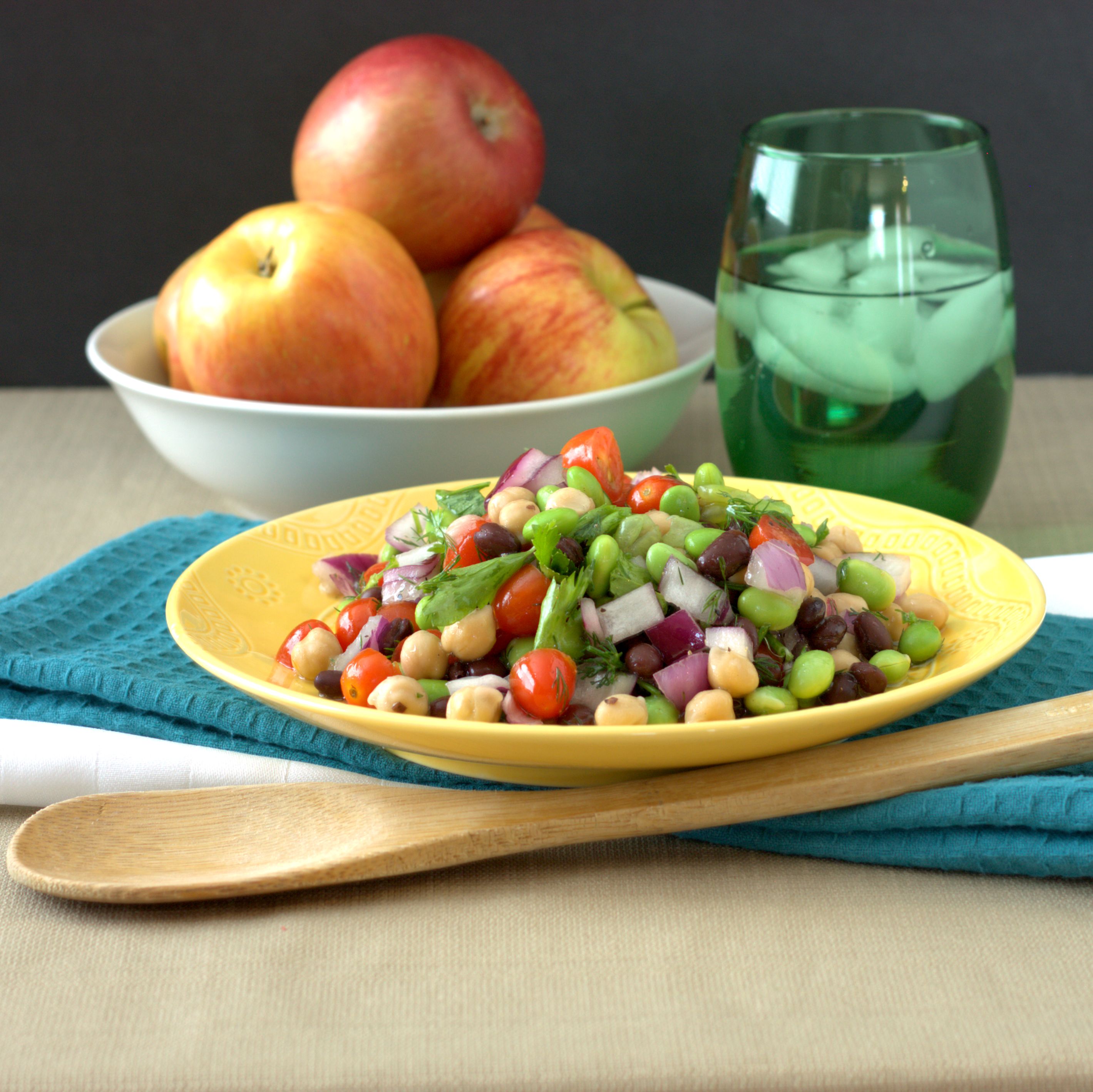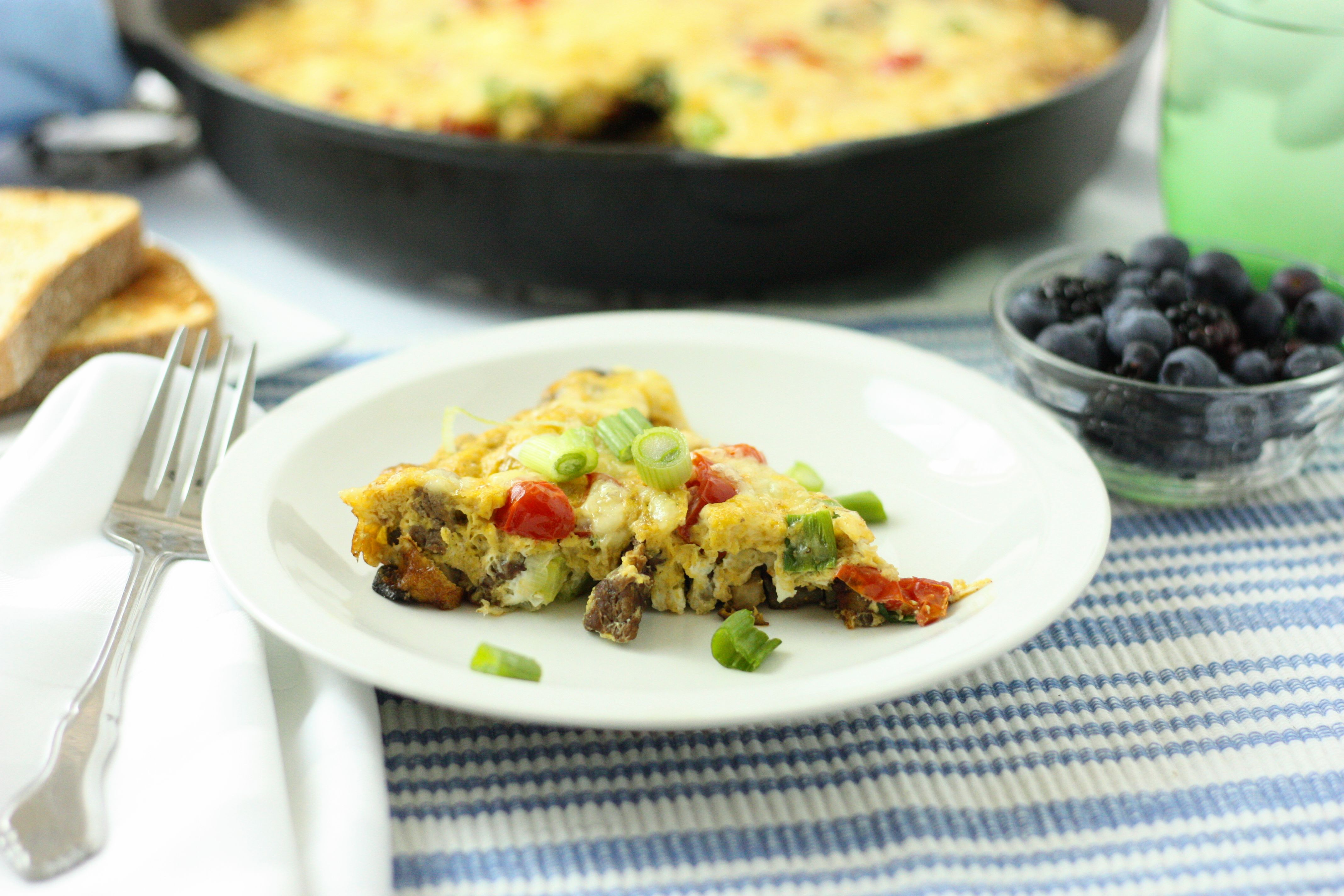This week I had a taste for lox and all of the typical accompaniments – tomatoes, cream cheese, onions, etc. But instead of making a breakfast spread, I turned it into a Smoked Salmon Alfredo. The cream cheese was blended into a smooth sauce for spaghetti, which served as the base for my…
Tag: onions
Three Bean Salad (a.k.a. Super Salad)
Today’s Three Bean Salad is a husband-inspired dish. In fact, it is what he calls “super salad” a mix of good-for-you greens, beans, and other super foods. It is his favorite way to boost his veggie and protein intake at lunchtime, often adding this salad over a bed of mixed greens and topping…
Healthy Solutions Spice Bends Challenge: Steak & Mushroom Frittata
The first recipe contest I have entered this year is the Healthy Solutions Spice Blends Recipe Challenge. As a busy, working mom I love the added time-saving feature of premixed spice blends. With over 15 spice blends to chose from, you are sure to find something your family will enjoy – even those…
Perfectly Caramelized Onions – An Experiment
Caramelized onions are a food item that can make nearly any dish better. I love to stir them into eggs and dips, or add then as a topping to steak, burgers, or pizza, just to name a few uses. The key to perfectly caramelized onions is the old mantra – Low & Slow…



